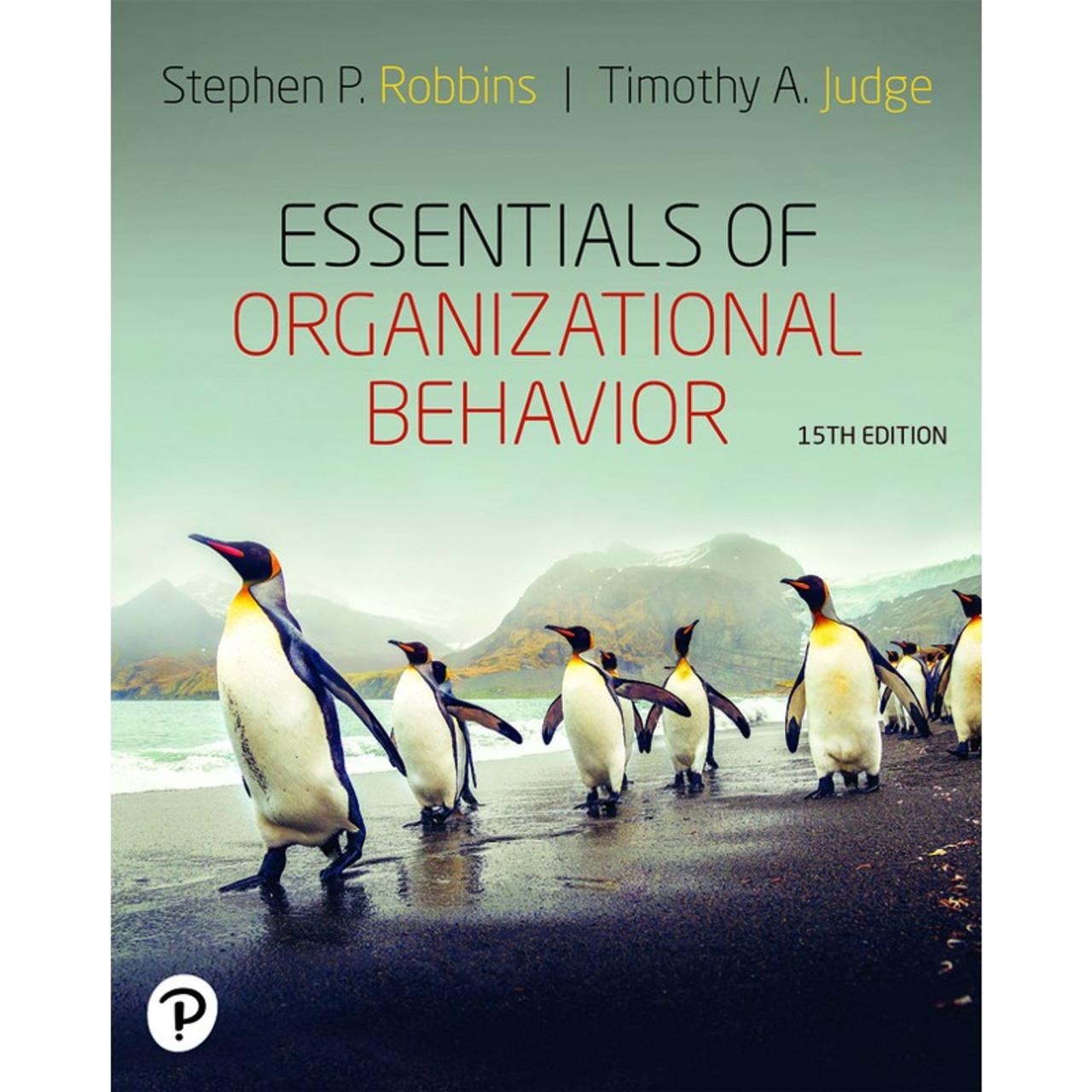Statistics for business and economics 15th edition – Embark on an enlightening journey into the realm of statistics for business and economics with the 15th edition of this comprehensive text. This seminal work unveils the profound significance of statistics in decision-making, problem-solving, and forecasting within the dynamic landscapes of business and economics.
Statistics for Business and Economics 15th Edition equips readers with a robust understanding of descriptive statistics, probability, sampling, inferential statistics, regression analysis, time series analysis, and nonparametric statistics. Through real-world examples and thought-provoking case studies, this edition illuminates the practical applications of statistical methods in various business and economic contexts.
1. Introduction to Statistics for Business and Economics

Statistics is a powerful tool that helps businesses and economists make informed decisions and solve problems. It provides methods for collecting, organizing, analyzing, and interpreting data to gain insights into the world around us.
In business and economics, statistics plays a crucial role in understanding market trends, forecasting demand, evaluating financial performance, and optimizing operations. By leveraging statistical techniques, businesses can gain a competitive advantage and economists can develop evidence-based policies.
2. Descriptive Statistics
Descriptive statistics provide a concise summary of data, making it easier to understand and interpret. They include measures of central tendency (mean, median, mode) and dispersion (range, variance, standard deviation).
Tables and graphs are commonly used to present descriptive statistics. Tables organize data into rows and columns, while graphs provide a visual representation of the data distribution.
3. Probability and Sampling
Probability is the likelihood of an event occurring. It is essential in business and economics for assessing risk, forecasting outcomes, and making decisions under uncertainty.
Sampling is the process of selecting a subset of a population to represent the entire population. Different sampling methods (e.g., random sampling, stratified sampling) have different implications for data collection and analysis.
4. Inferential Statistics
Inferential statistics allow us to make inferences about a population based on a sample. Hypothesis testing is a common inferential technique used to determine if there is a statistically significant difference between two or more groups.
Confidence intervals and significance tests are used to estimate the range of possible values for a population parameter and to determine the statistical significance of a result, respectively.
5. Regression Analysis
Regression analysis is a statistical technique used to model the relationship between a dependent variable and one or more independent variables.
Linear regression is a common type of regression analysis that assumes a linear relationship between the variables. It can be used to predict the value of the dependent variable based on the values of the independent variables.
6. Time Series Analysis
Time series data are data collected over time. Time series analysis involves analyzing these data to identify patterns and trends.
Different time series models (e.g., ARIMA, SARIMA) can be used to forecast future values and analyze the dynamics of the data.
7. Nonparametric Statistics: Statistics For Business And Economics 15th Edition

Nonparametric statistics are statistical techniques that do not assume a specific distribution for the data.
They are often used when the data is not normally distributed or when the sample size is small. Common nonparametric tests include the chi-square test, the Kruskal-Wallis test, and the Mann-Whitney U test.
8. Applications of Statistics in Business and Economics
Statistics is widely used in various business and economic fields, including:
- Marketing: Analyzing market research data, forecasting demand, and optimizing advertising campaigns.
- Finance: Assessing financial risk, evaluating investment performance, and developing financial models.
- Operations: Optimizing production processes, managing inventory, and improving customer service.
- Economics: Forecasting economic growth, analyzing economic policies, and understanding economic trends.
Frequently Asked Questions
What are the key features of Statistics for Business and Economics 15th Edition?
The 15th edition offers a comprehensive update, including new and revised content, real-world examples, and interactive exercises designed to enhance understanding and application.
How is Statistics for Business and Economics 15th Edition structured?
The text is organized into eight chapters, each covering a fundamental aspect of statistics, from descriptive statistics to nonparametric statistics.
What are the benefits of using Statistics for Business and Economics 15th Edition?
This edition provides a solid foundation in statistics, enabling readers to apply statistical methods effectively in their professional and academic endeavors.